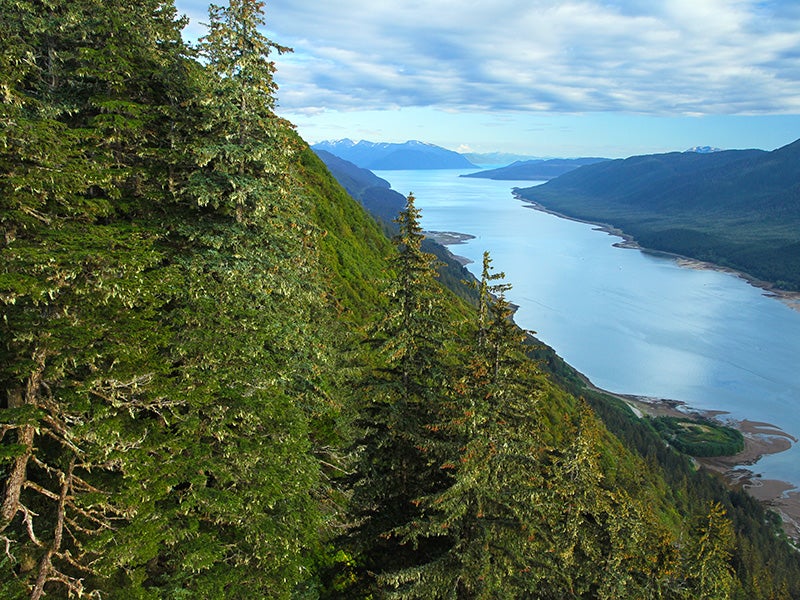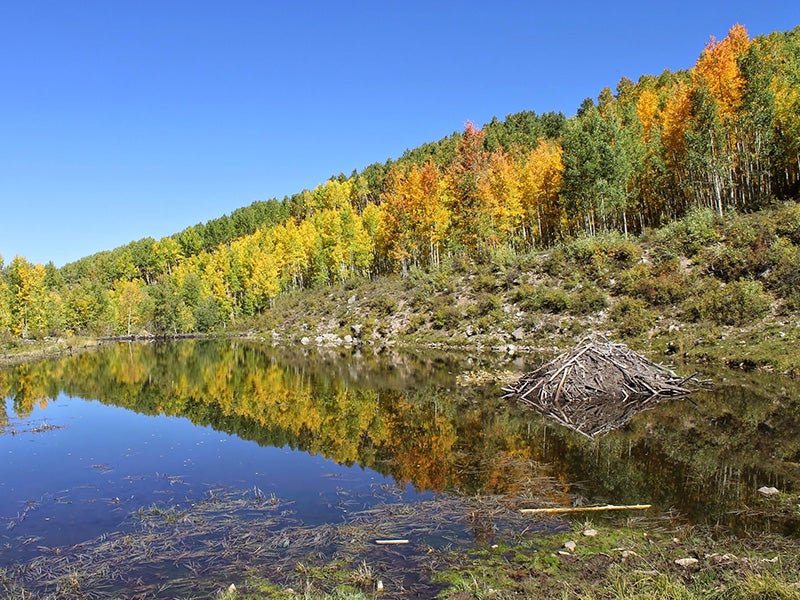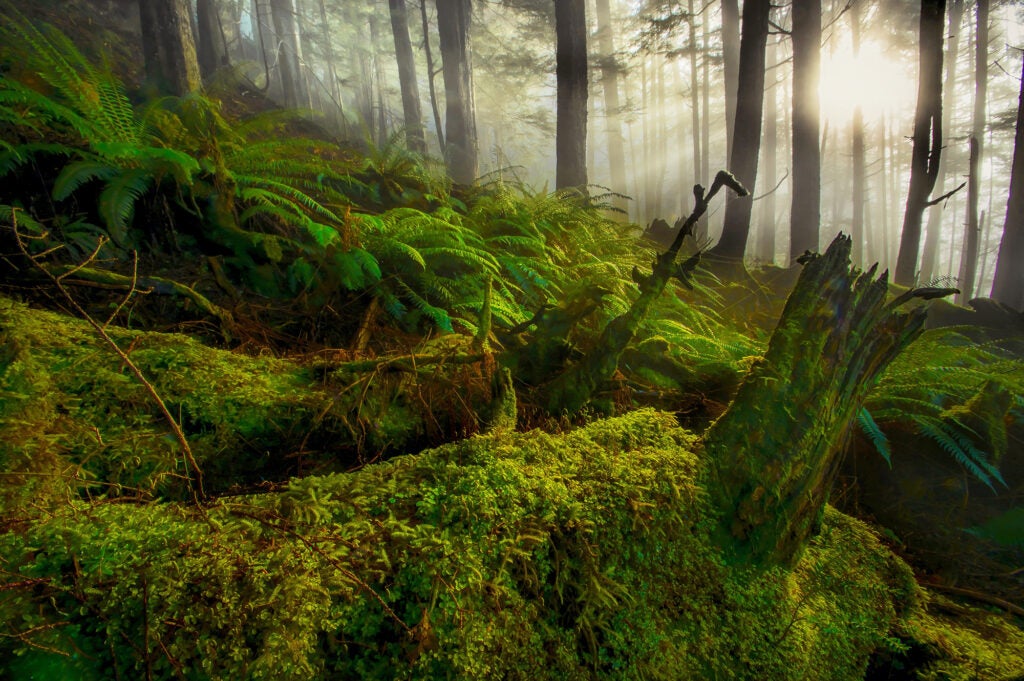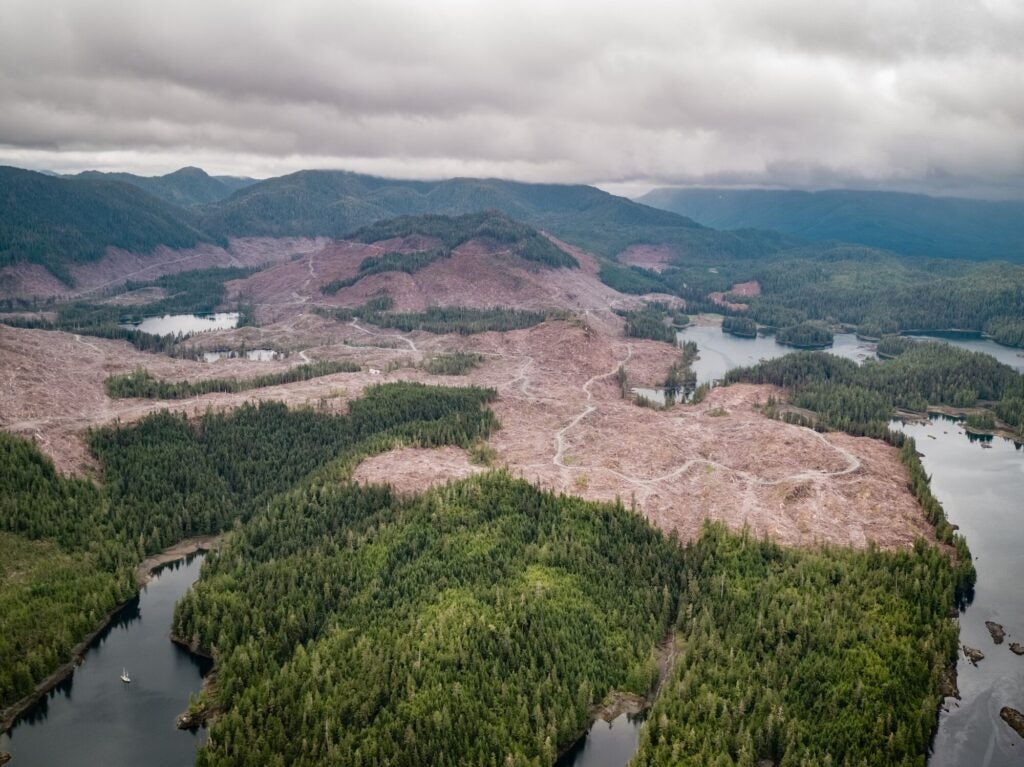Earthjustice stands with western Alaska tribes and families after severe storms devastated entire communities, displacing more than 1,000 residents just before winter. Learn more and how you can help.
Defending Roadless Areas in the Tongass National Forest
Cherished as a crown jewel of the National Forest system, the Tongass National Forest is the country’s largest forest carbon sink, as long as its centuries-old trees remain intact. Many Indigenous communities rely on the Tongass for traditional lifeways.
Clients
Alaska Longline Fishermen’s AssociationAlaska Wilderness LeagueThe Boat CompanyCenter for Biological DiversityDefenders of WildlifeFriends of the EarthHoonah Indian AssociationKetchikan Indian CommunityNatural Resources Defense CouncilOrganized Village of KakeOrganized Village of KasaanSierra ClubSoutheast Alaska Conservation CouncilUnCruiseThe Wilderness SocietyWomen’s Earth and Climate Action Network
Regional Office / Program
Case Overview
Situated in the southeast corner of Alaska, the Tongass National Forest is a temperate rainforest and the ancestral homeland of the Tlingit, Haida, and Tsimshian peoples. The islands, fjords, glaciers, and muskegs that make up the Tongass — nation’s largest national forest — provide some of the most rare and intact ecosystems in the world, providing critical habitat for wildlife including salmon, brown and black bears, bald eagles, flying squirrels, goshawks, and Sitka black-tailed deer.
These lands are integral to the ways-of-life of Alaska Native people in the region, who depend on roadless areas for hunting, fishing, gathering traditional medicines, and cultural uses. In addition, the region supports a thriving tourism industry and a local, sustainable, commercial fishing industry. Both industries depend on the forest’s intact ecosystem. The Tongass also serves as the country’s largest forest carbon sink, making its protection critical for U.S. efforts to curb greenhouse gas emissions and to set a global example.
Originally adopted in 2001, the Roadless Rule is one of the most significant conservation measures adopted to protect the national forests of the United States. Applicable nationwide, it prohibits industrial logging and most roadbuilding in intact areas of the national forest system, with a few exceptions. Alaska’s Tongass National Forest was protected under the national rule in 2001 but was exempted first under the Bush administration and later under the Trump administration.
In a multi-year litigation effort, a diverse coalition of Alaska Native, tourism industry, and environmental organizations successfully challenged the Bush administration’s 2003 rule “temporarily” exempting southeast Alaska’s Tongass National Forest from the landmark 2001 Roadless Area Conservation Rule. More than a decade later, Earthjustice and our clients went back to court to challenge the Trump administration’s decision to again exempt the Tongass from the federal Roadless Rule.
In 2023, the Biden administration reinstated the Roadless Rule for the Tongass, protecting the forest once again from logging and roadbuilding. Earthjustice and the Natural Resources Defense Council (NRDC) are representing a broad coalition of Alaska Native Tribes, commercial fishers, small tourism businesses, conservation groups, and other forest advocates in defending the reinstatement of National Roadless Rule protections.

Case Updates
Case page created on April 23, 2021.


